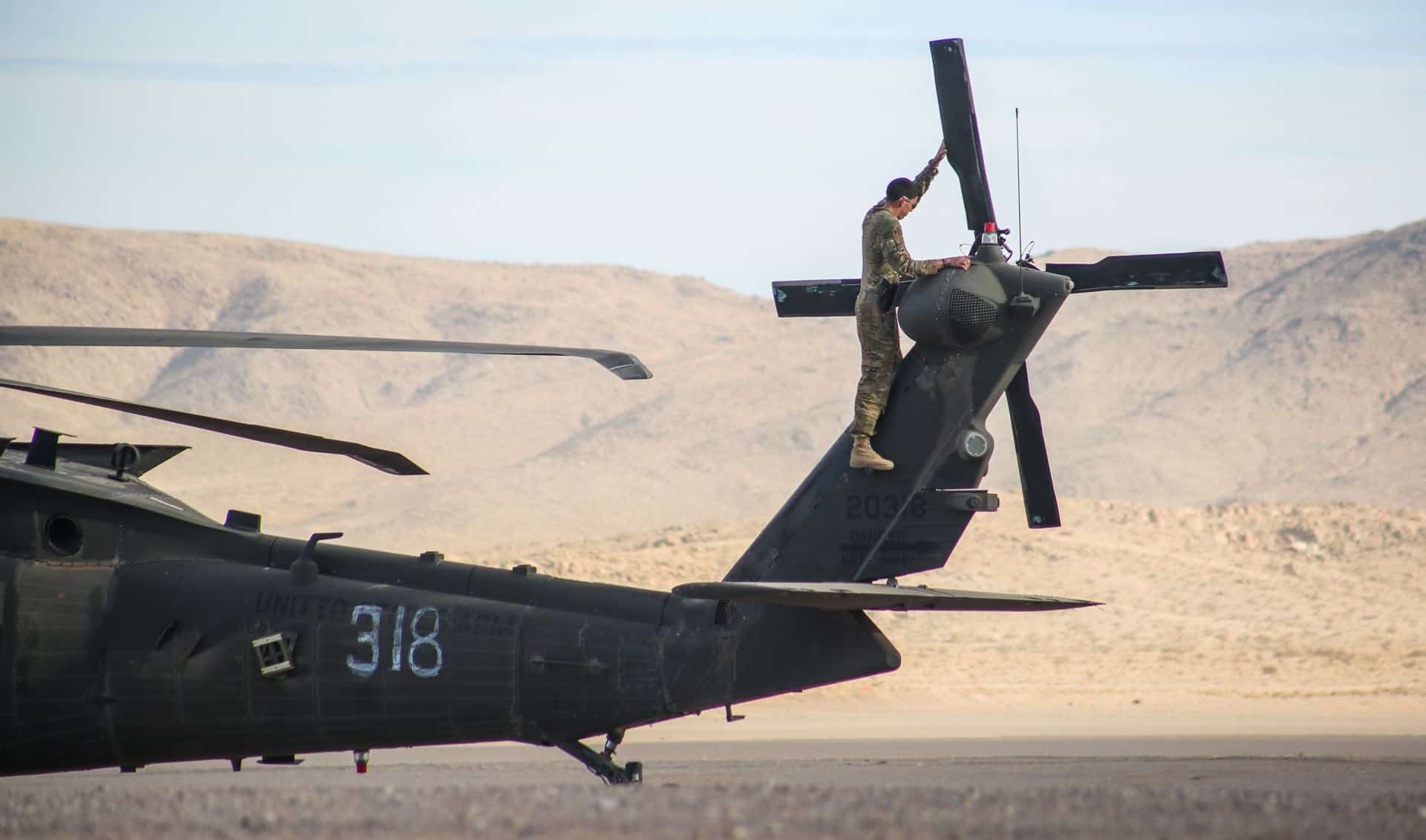The Army’s senior logistician told National Guard leaders to ensure their units are ready for the next war, because wherever and whenever it is, it will take the total force to fight and win.
“Place yourself on the battlefield and work left,” Army Materiel Command’s Gen. Gus Perna said via teleconference to more than 400 leaders gathered in Little Rock, Arkansas, for the Army National Guard’s Green Tab Commanders Conference Friday Jan. 5.
Perna encouraged leaders to rethink the term “readiness.”
“If you get a call tonight, can you drive equipment from your motor pool to a train where it then goes to a port?” Perna asked. “Your equipment arrives at another port, where you offload it and drive into combat.”
Perna told leaders it was their responsibility to ensure their units’ Soldiers, equipment, maintenance, supply and administrative activities were in order.
Rather than focusing on reports and metrics, Perna urged leaders to think of their own organization in terms of its contribution to the total picture.
“I’m asking you to process readiness in a three dimensional way, beyond reporting and statistics. We must understand ourselves, know what our mission is, and understand our training, maintenance, supply and administration,” Perna said.
At the Army Materiel Command, Perna noted he is focusing more on maintenance trends than fleet readiness metrics, warning that fleet readiness reports could be misleading.
“If we have 10 steps to make coffee and accomplish nine, that’s 90 percent,” Perna said. “But are we drinking coffee? The obvious answer is no.”
Perna urged National Guard leaders to do what he is challenging his own leaders to do. “We have to see ourselves, look at things differently and challenge the status quo,” he said.
As the Army Materiel Command builds breadth and depth into the global supply chain, Perna asked for the National Guard leaders’ help as the organization is moving 1.2 million pieces of equipment to better equip units.
Perna acknowledged that the field is experiencing a shortage of equipment on hand. He noted that by shifting 800,000 pieces of equipment, all units across the total Army would be better than 90 percent equipped within the next two years.
When called to do so, Perna urged leaders to send their best equipment, keeping in mind the impact to the Army at large. The lateral transfers, he said, would mitigate shortages of equipment on hand across the force.
When it comes to divesting, Perna also encouraged leaders not to hang on to equipment they don’t need.
“We’re going to aggressively work this,” Perna said. “Don’t hold on to your excess — it’s not for ‘just in case.’ Think of what’s best for the whole Army.”










